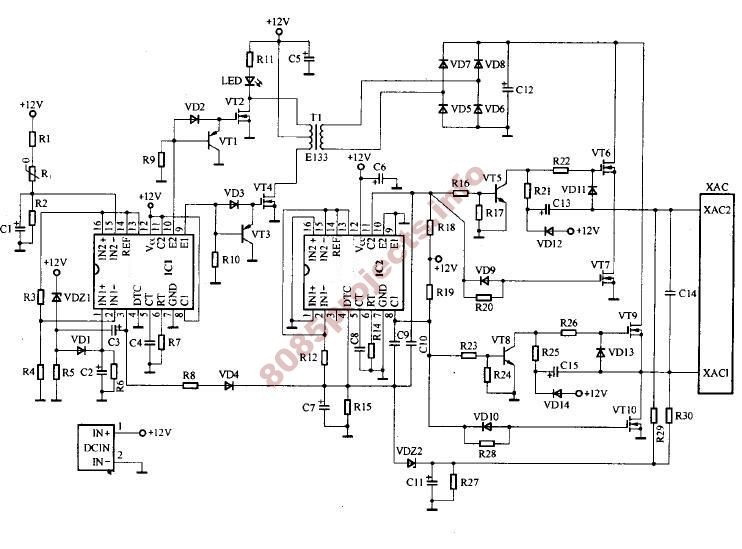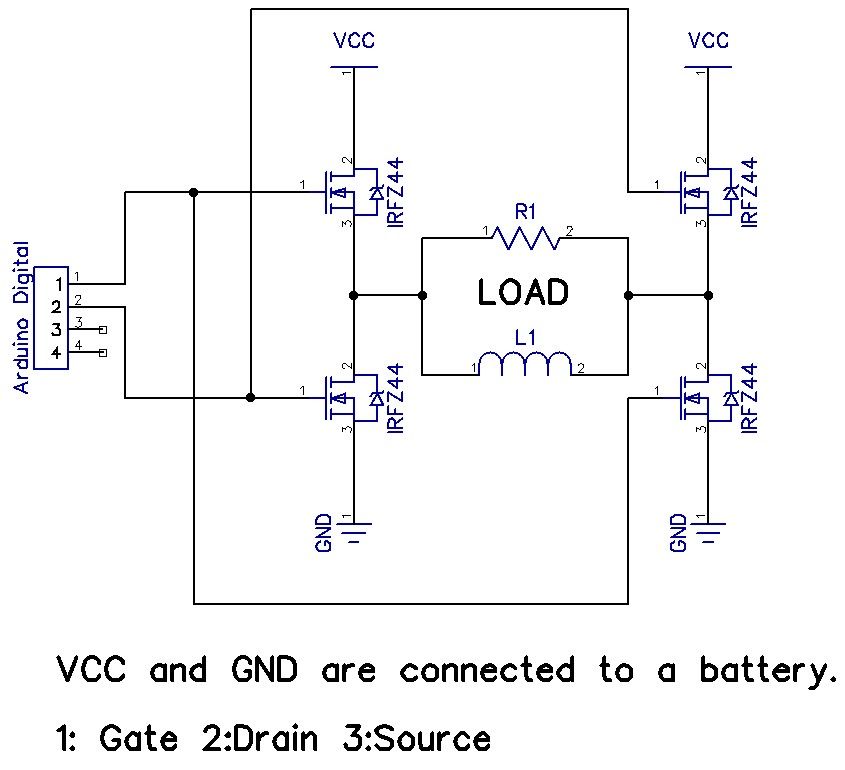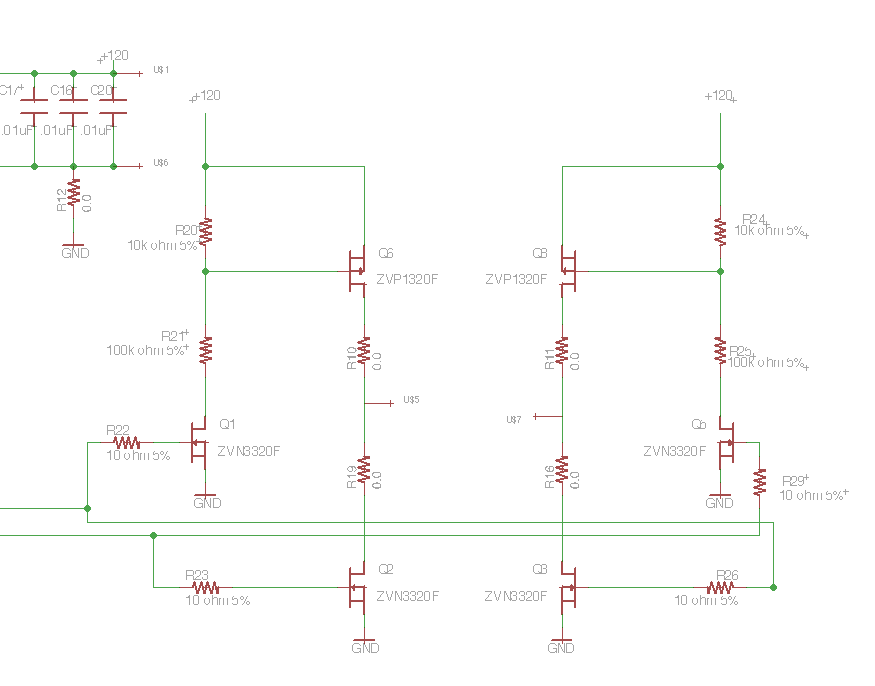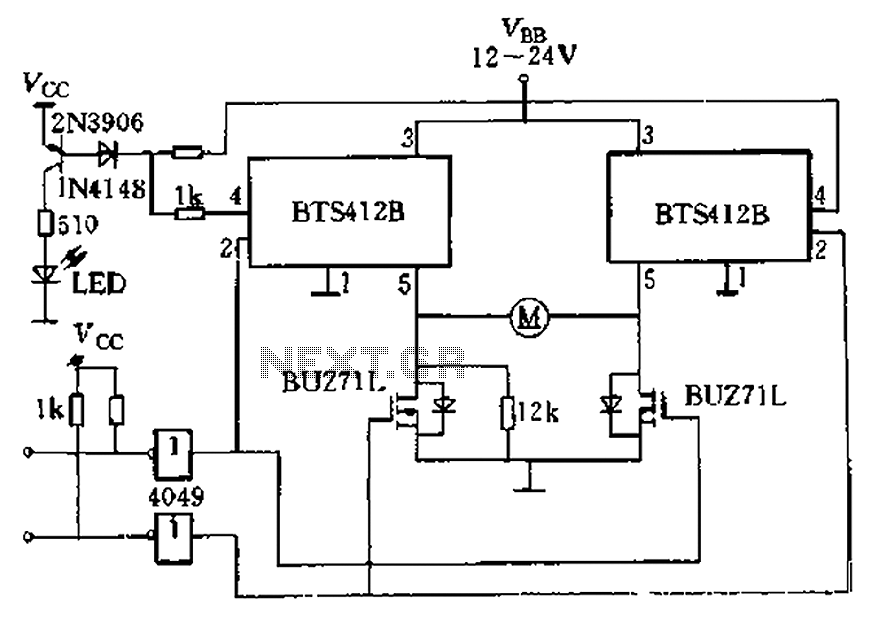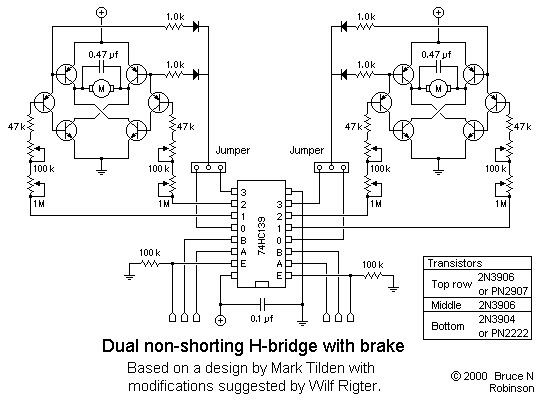
IRAM109-015SD H-Bridge 1A 500V
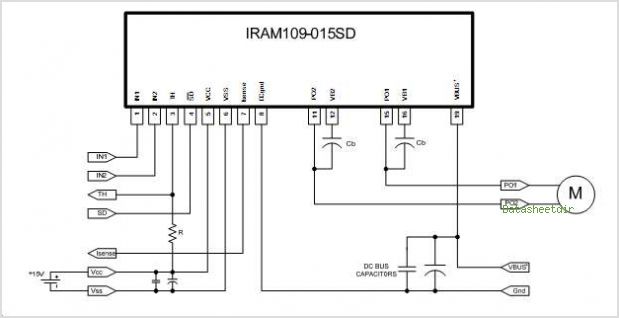
Current during under-voltage lockout (UVLO). When VCC exceeds the UVLO+ threshold, the IR2156 begins to oscillate, and the Charge Pump circuit (CCP, DCP1, and DCP2) supplies the current to VCC.
The IR2156 is a versatile integrated circuit designed for driving high-voltage power MOSFETs and IGBTs in half-bridge and full-bridge configurations. One of its critical functionalities is the under-voltage lockout (UVLO) feature, which protects the circuit from operating under insufficient supply voltage conditions.
When the supply voltage (VCC) rises above the UVLO+ threshold, the IR2156 initiates its oscillation process, enabling it to function correctly. This oscillation is essential for the operation of the power stage, as it allows the device to switch the power devices on and off at the desired frequency. The Charge Pump circuit, consisting of components CCP, DCP1, and DCP2, plays a vital role in supplying the necessary current to VCC.
The Charge Pump circuit operates by generating a higher voltage from a lower input voltage, which is particularly useful in applications where the VCC must be maintained above a certain level to ensure reliable operation of the IR2156. The components in the Charge Pump circuit work together to increase the voltage and provide stable current, which is critical for maintaining the functionality of the IR2156 during its operational phases.
In summary, the interplay between the UVLO feature and the Charge Pump circuit is crucial for the reliable operation of the IR2156, ensuring that it functions correctly only when the supply voltage is within safe limits. This combination enhances the robustness and efficiency of power management in various electronic applications.current during under-voltage lockout (UVLO). When VCC exceeds the UVLO+ threshold, the IR2156 BR>begins to oscillate and the Charge Pump circuit (CCP, DCP1, and DCP2) supplies the current to VCC 🔗 External reference
The IR2156 is a versatile integrated circuit designed for driving high-voltage power MOSFETs and IGBTs in half-bridge and full-bridge configurations. One of its critical functionalities is the under-voltage lockout (UVLO) feature, which protects the circuit from operating under insufficient supply voltage conditions.
When the supply voltage (VCC) rises above the UVLO+ threshold, the IR2156 initiates its oscillation process, enabling it to function correctly. This oscillation is essential for the operation of the power stage, as it allows the device to switch the power devices on and off at the desired frequency. The Charge Pump circuit, consisting of components CCP, DCP1, and DCP2, plays a vital role in supplying the necessary current to VCC.
The Charge Pump circuit operates by generating a higher voltage from a lower input voltage, which is particularly useful in applications where the VCC must be maintained above a certain level to ensure reliable operation of the IR2156. The components in the Charge Pump circuit work together to increase the voltage and provide stable current, which is critical for maintaining the functionality of the IR2156 during its operational phases.
In summary, the interplay between the UVLO feature and the Charge Pump circuit is crucial for the reliable operation of the IR2156, ensuring that it functions correctly only when the supply voltage is within safe limits. This combination enhances the robustness and efficiency of power management in various electronic applications.current during under-voltage lockout (UVLO). When VCC exceeds the UVLO+ threshold, the IR2156 BR>begins to oscillate and the Charge Pump circuit (CCP, DCP1, and DCP2) supplies the current to VCC 🔗 External reference
